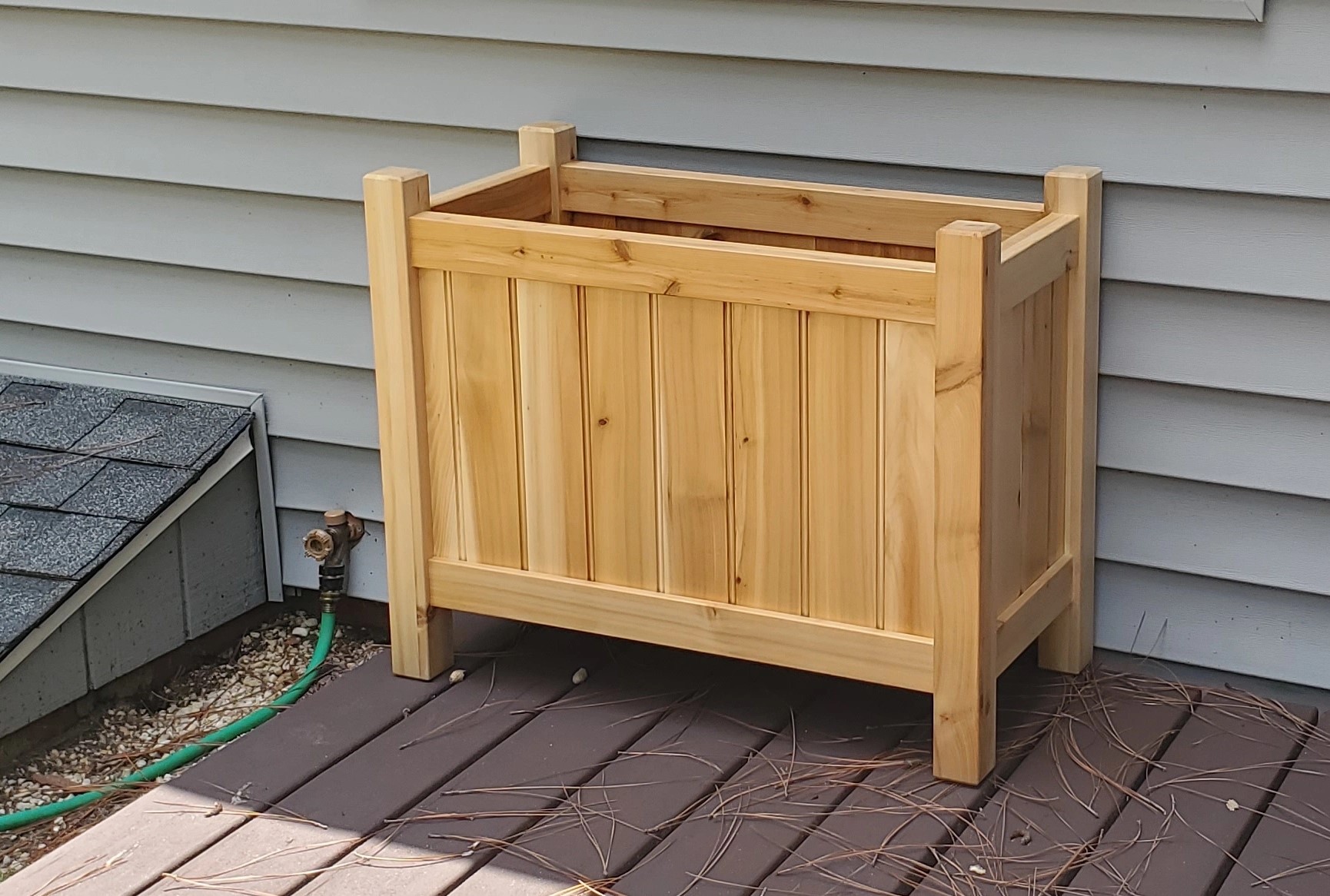Minwax has ruined enough of my projects. I’m looking for recommendations for wood finishing products, particularly stains and wiping varnishes, that actually work, are readily available on the East coast of the United States, and are not manufactured by Sherwin-Williams.


Minwax, the brand/manufacturer, has disappointed me too many times for me to continue being their customer.
The only product of theirs I have a generally favorable view of is their “Tung Oil Finish,” which as far as I can tell contains little to no tung oil but is instead an oil-based wiping varnish and/or urethane. I’ve been happy with all but one project I’ve finished with this “I can’t believe it’s not tung oil,” the one I’m not really happy with is the replacement keyboard tray I made for my desk. I attempted to stain this with Minwax yellow-can stain before applying the finish, and the finish took a lot of the stain back off so I got a blotchy “found in a pond” look out of it. Applied over bare wood it comes out to a nice satin finish with a very nice feel.
Their paste wax is paste wax. It does the job. I don’t use paste wax as a wood finish, I use it as a lubricant/protective coating for my tools. And it’s not hard to melt some paraffin into some mineral oil, not even Minwax could fuck that up.
I’ve never been happy with their traditional stains, which don’t seem to fully dry and even with their pre-stain conditioner just come out blotchy and hideous to the point I’m thinking of categorically giving up staining wood entirely.
They’re normal everyday black can oil-based poly also doesn’t seem to fully dry; it remains just slightly tacky such that if you finished a tabletop, then left a penny on the table, you’d have to pry the penny up after a day or two.
Their “stainable wood filler” is the damnedest substance; it’s brown liquid grit that wants to go everywhere except into a nail hole, and it leaves a catastrophic shit stain wherever it touches. The instructions should read “Dude just don’t put nails anywhere they’re gonna show on a piece you intend to stain because this product doesn’t work.”
Their stain-in-urethane product called “Polyshades” is a sewage tier product. It is somehow sticky enough to where applying an even coat is impossible, but thin enough that runs and sags are guaranteed. Plus it seems to fuck up the grain; carefully sanded wood becomes rough as 80 grit after a coat of Polyshades. Polyshades is liquid project ruiner. It’s continued manufacture is inexcusable.
So.
Minwax as a company and as a product line are no longer welcome in my wood shop. I have spoken.
As for replacing them/exactly what products I’m looking for, as I said: stains and wiping varnishes.
I’m not really interested in lacquers because most lacquers are designed to be sprayed on (most sold on the consumer market come in rattle cans) and a spray booth is just out of the question for my little shop.
I have had pretty good luck with that “I can’t believe it’s not tung oil.” A low viscosity varnish that I can put on in actually very thin coats and wipe off any excess works for me, I guess I’m a wiping varnish kind of guy.
I’m willing to give the concept of wood stain one more try, but I haven’t been able to feel hope since I was a teenager so I anticipate abandoning pigment as a concept because I strongly doubt there’s anyone who makes a stain that’s worth a damn.
Wood stain isn’t suppose to fully dry. You’re supposed to wipe it off after it makes sweet love to the wood.
The process of staining wood as it has been explained to me:
After waiting an entire day, I could still wipe stain off with a clean rag, and applying a wiping varnish took a lot of the stain back off.
Now I might be some damn fool idealist, but a coating that is specifically intended to be applied before/under another coating should survive the application of that second coating. I mean I know society doesn’t actually work, but come the fuck on.
What species of wood? Some species of wood do as you’re describing, but others are less prone to it. How long did you have the wood and where did you get it from? I’ve also experienced this on newer-to-me wood from the big box stores, but it seems to improve the longer the wood sits in my wood pile. I suspect it’s because the wood isn’t dry enough.
Note that I tend to buy stain from whomever is closest and this is something I’ve observed across brands.
Birch ply wood and yellow pine. Thing is, there aren’t many other species of wood I really want to stain, most everything else I work with like cherry or walnut I want for its natural color.
Pine is a harder to stain wood in my experience. Maybe there’s a treatment you can use ahead of time? I’ve had decent luck with shellac on pine and you can dissolve dyes in it.
This is likely the issue. Both of those woods are famously incompatible with normal stains. Gel stains are what most people recommend for those woods. I have also had decent luck with Saman stains with the right preparation and great results with Omnia natural oil.
🙄 Man if there’s two species I want to stain, it’s those. Like think about how abundant pine is, you can get it at any hardware store right? I live in a pine forest and I know a local sawyer. Yellow pine is abundant and cheap here…and kinda bland looking.
Guess I’ll try out some gel stain, I’ve never used it before. Don’t know anything about it.
Question, are you giving the black can minwax polyurethane a full month to cure? I do smaller projects and it’s fully cured after 30 days for me. I’ll have to try leaving a penny on a cured piece for a while to test.
If it takes 30 days to cure it’s definitely banned from my shop. I don’t have room for something to sit around uselessly while it dries for an entire month.
One correction. It dries in several hours or so but does not fully harden for a month.